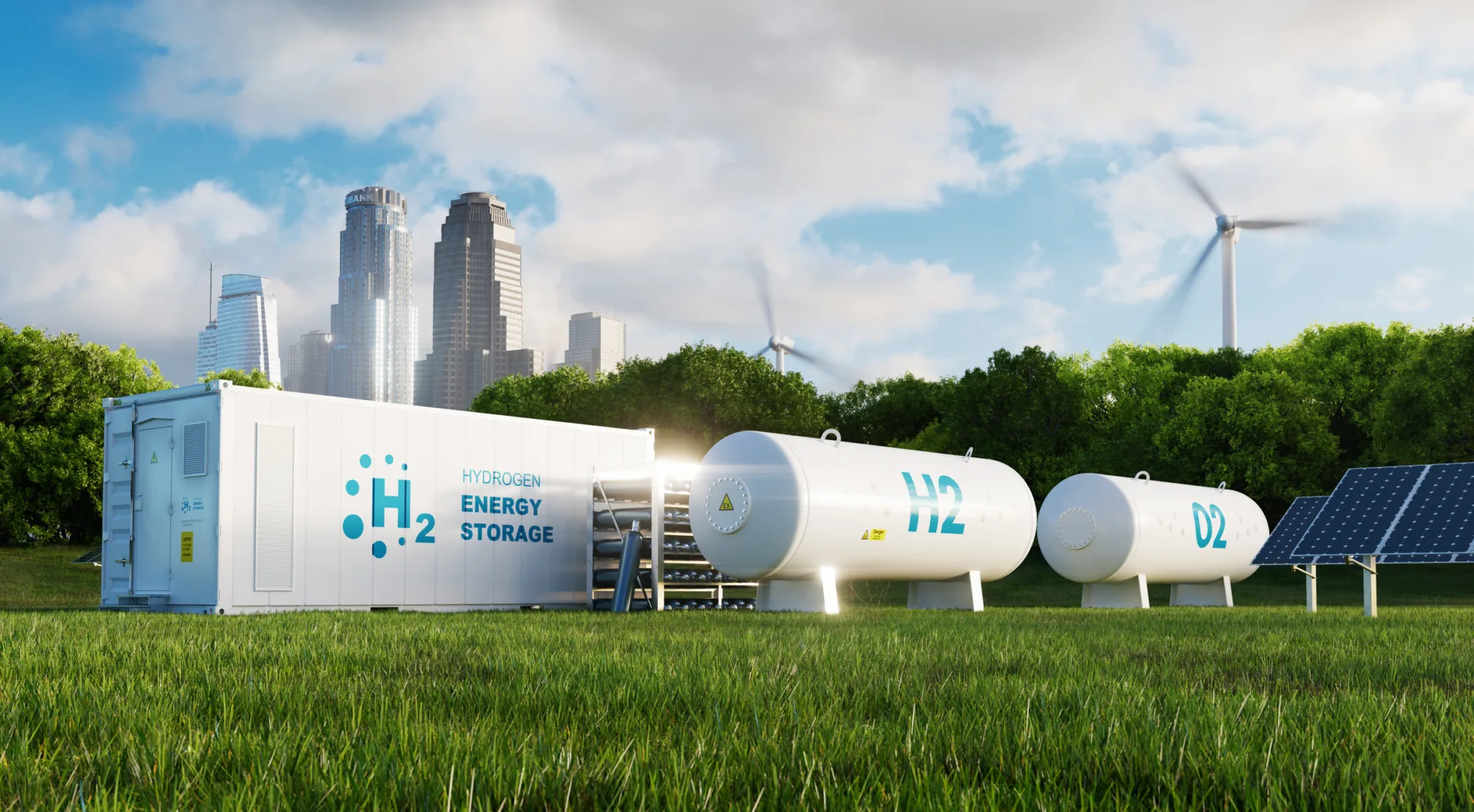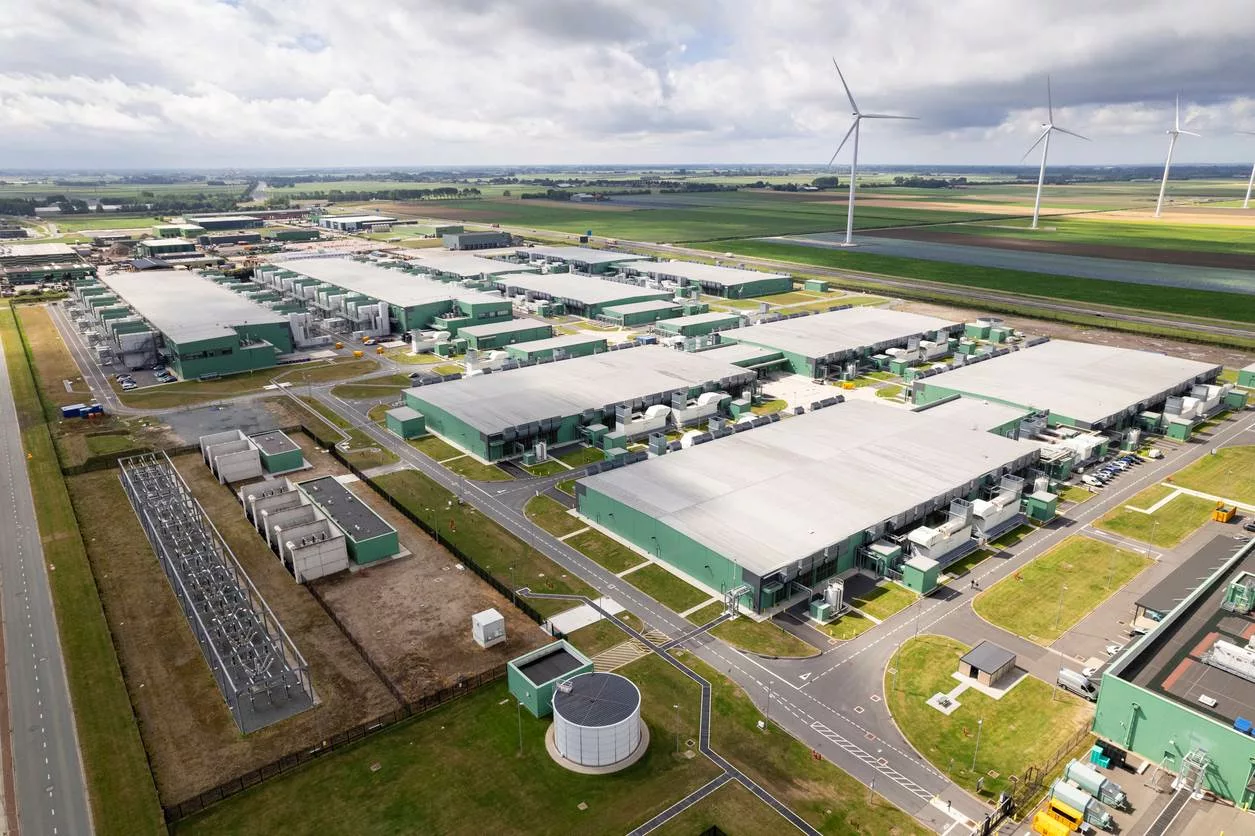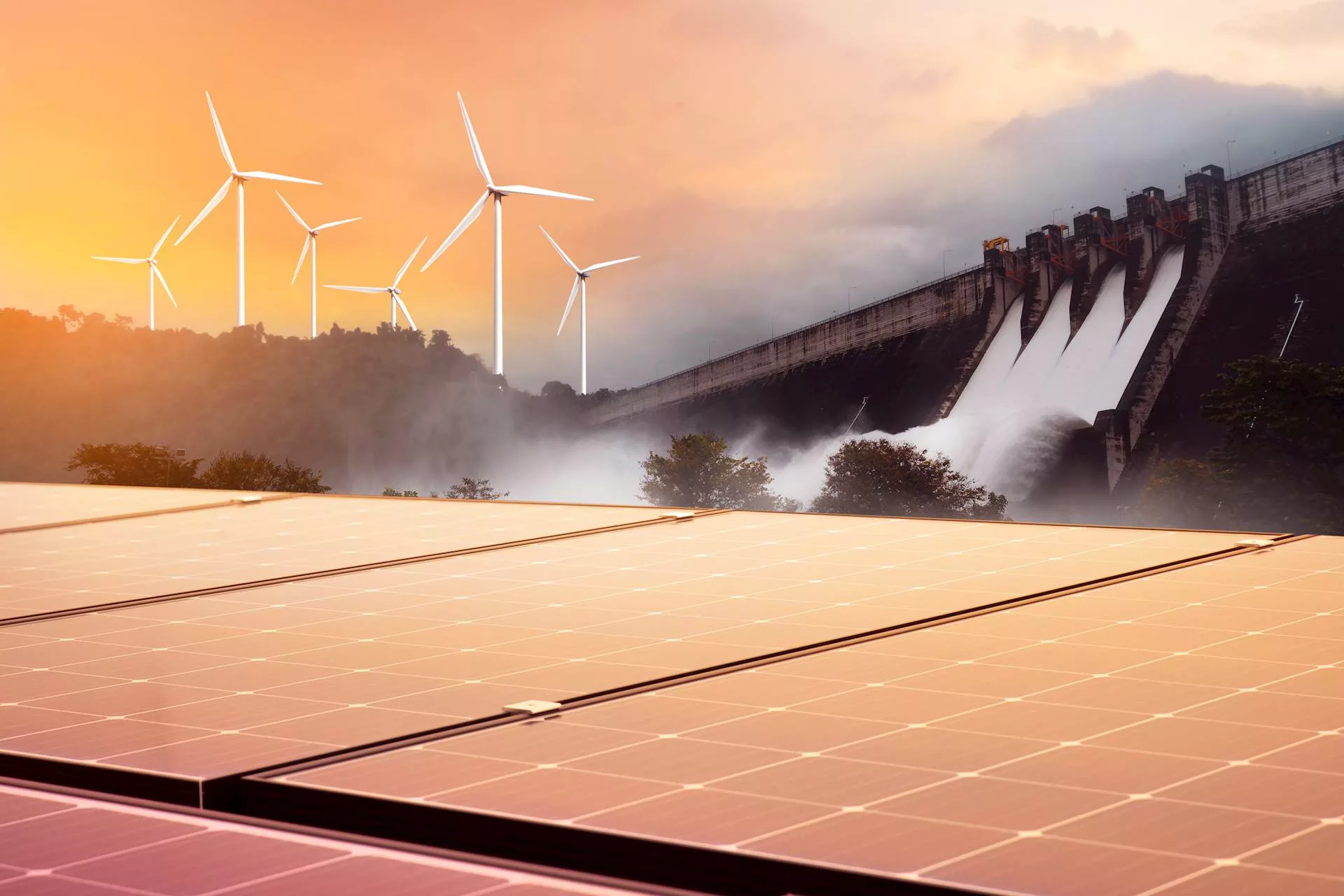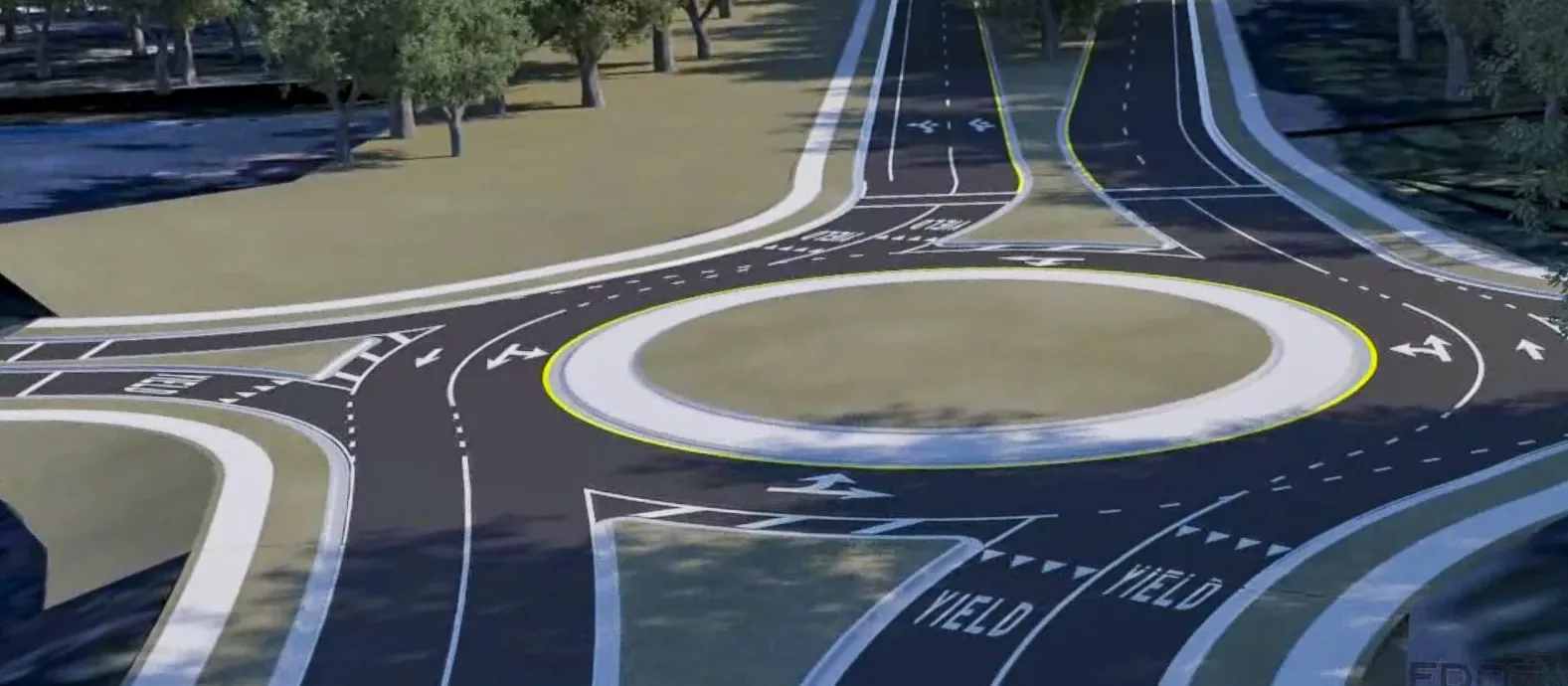
LEED v5, the newest version of the Leadership in Energy and Environmental Design guidelines from the U.S. Green Building Council, is now available for registration for new construction, interior and existing building projects. Here are the major changes:
-
- decarbonization emphasis: a stronger focus on reducing operational and embodied carbon emissions
- electrification: a new credit encouraging the use of all-electric systems
- grid interactivity: a new credit promoting buildings that can interact dynamically with the electrical grid, enhancing resilience and efficiency
- resilience planning: climate risk assessments and adaptive design are now embedded into multiple credits, with resilience strategies eligible for at least 12 points
- equity and human health: social equity and occupant wellness are addressed through planning, siting, procurement and performance strategies — amounting to at least 15 points
Why electrification matters
LEED v5 links its core impact areas — decarbonization, quality of life and ecological restoration — to the performance metrics of building energy systems. In the BD+C rating system, credit EAc1: Electrification is a required component for projects seeking LEED Platinum®. It incentivizes all-electric systems and infrastructure that are compatible with renewable energy sources and positions buildings to benefit as the grid becomes cleaner over time.
What is grid interactivity?
The EAc6: Grid Interactive credit promotes buildings that are dynamic participants in the energy ecosystem. It rewards projects that actively support grid resilience and optimization — think of buildings that can shed, shift or modulate loads based on grid conditions. This includes technologies like demand response-ready systems, battery storage and controls that align heating, ventilating and air conditioning or lighting operations with real-time utility signals.
The U.S. Department of Energy has prioritized this shift by advancing its Grid-Interactive Efficient Buildings Initiative. The smart grid market is projected to grow from $73.85 billion in 2024 to $161.15 billion by 2029, reflecting a growing investment in infrastructure that supports this two-way energy relationship.
Grid interactivity and resilience
Grid-interactive technologies can significantly enhance the resilience of the power grid during extreme weather. By enabling buildings to adjust their energy consumption in response to grid conditions, these technologies help prevent outages, facilitate faster power restoration and protect infrastructure from hazards. Modernizing the grid with smart technologies allows for better communication and coordination, reducing the frequency and duration of power outages.
Indirect benefits of grid interactivity
Implementing grid-interactive technologies offers several indirect benefits:
-
- Optimizing energy use and participating in demand response programs can reduce energy costs.
- The dynamic interaction between buildings and the grid helps balance supply and demand and enhances grid reliability.
- Efficient energy use and the integration of renewable sources contribute to lower greenhouse gas emissions and defer and minimize the development of nonrenewable power plants.
- Advanced monitoring and control systems provide valuable data for optimizing building performance and energy management.
Examples of grid interactivity
The Naperville Smart Grid Initiative transformed the Illinois city’s electric utility by deploying smart meters, a new meter data management system and real-time customer energy portals. The city enabled dynamic pricing and demand response participation at the residential scale — an uncommon feature at the time. Naperville’s platform allowed households to adapt behavior based on price signals, helping the utility shift peak demand and optimize energy distribution across the grid.
PNM’s project in Albuquerque, New Mexico, deployed a distribution management system and advanced metering infrastructure for over 500,000 of the electricity provider’s customers, significantly enhancing grid responsiveness and resilience. The system integrated outage management with real-time grid data, enabling quicker service restoration during extreme weather. The ability to isolate faults and reroute power not only strengthens infrastructure but also reduces downtime for vulnerable populations.
Implications for projects without grid-interactive utilities
Grid interactivity is not a prerequisite in LEED v5. However, project teams can still prepare by:
-
- Designing for future-readiness: Specify demand-response capable systems, even if they are not yet activated.
- Modeling flexibility: Document potential load-shifting capabilities internally and build a case for readiness.
- Engaging utilities early: Some jurisdictions are piloting time-of-use rates, smart grid pilots or resilience-as-a-service models. If programs aren’t available now, they may be on the horizon.
As the power sector evolves, electrified and grid-responsive buildings are the infrastructure of a cleaner, more resilient future. With LEED v5, projects are empowered to lead that transition. Find out how LEED v5, electrification and grid interactivity will benefit your project by contacting Amanda Polematidis at apolematidis@hanson-inc.com.





